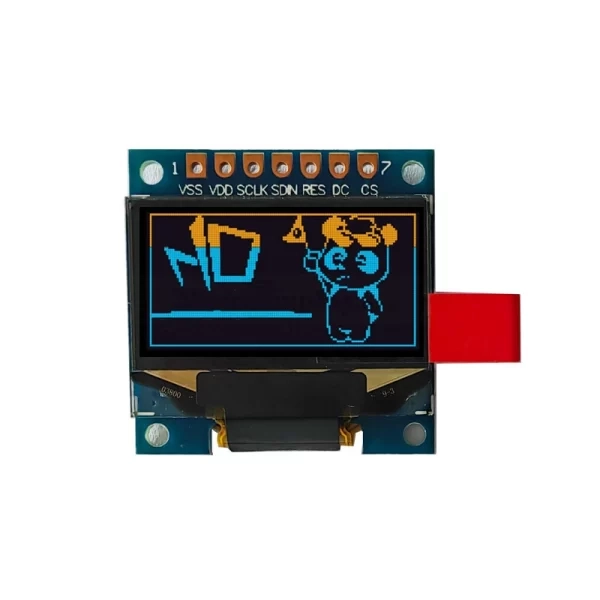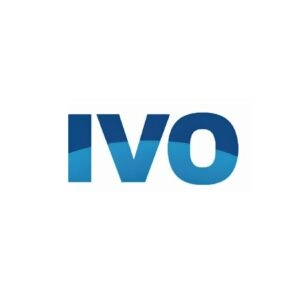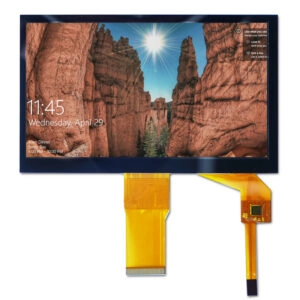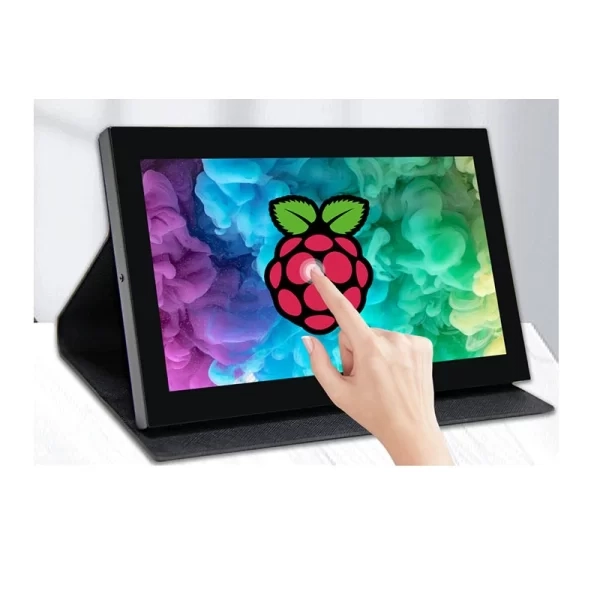Arduino and Raspberry Pi are top picks for both hobbyists and experts. Each one has cool strengths for working with awesome screens like those from Miqidisplay. Arduino is great for quick, easy control. Raspberry Pi, though, is like a strong mini-computer for projects needing fancy displays. This guide looks at their stories, tech details, how they work, and what they’re best for, especially with Miqidisplay’s LCD, TFT, and OLED screens.
History of Raspberry Pi
The Raspberry Pi began in 2006 at the University of Cambridge. They wanted to help students get better at computer skills. Eben Upton and his team launched the first Raspberry Pi Model B in 2012. By 2025, over 50 million units were sold! From home movie setups to factory control panels, the Pi can handle sharp screens, even 4K with the Pi 5. This makes it perfect for projects needing bright, clear pictures. Miqidisplay’s Raspberry Pi TFT screens work with all Pi models (A to 5). They use HDMI and resolutions like 1280×800, which are great for cars and medical tools.
History of Arduino
Arduino started in 2005 at Italy’s Interaction Design Institute Ivrea. Massimo Banzi and his team wanted to help non-tech folks—like artists, students, and hobbyists—build electronics easily. Now, models like the Nano Every and Portenta H7 fit small or high-power projects. Arduino pairs well with Miqidisplay’s 0.96-inch OLED modules (128×64, SH1106 controller). These are awesome for low-power, clear displays in wearables and IoT devices. Its open-source community and over 200,000 shields make it super popular for learning and fun projects.

Technical Specifications
Arduino and Raspberry Pi are different at their heart. Arduino is a microcontroller. Raspberry Pi is a single-board computer (SBC). These differences change how they work with Miqidisplay’s screens.
- Arduino Uno R3: It has an ATmega328P running at 16 MHz, with 2 KB RAM, 32 KB flash, and 14 digital I/O pins (6 PWM). It runs simple code for fast control and uses about 40 mA. Its I2C/SPI ports connect easily with Miqidisplay’s 0.96-inch PMOLED displays (200 cd/m² brightness, 128×64 resolution). These are great for tiny, battery-powered projects.
- Raspberry Pi 4 Model B: It comes with a quad-core ARM Cortex-A72 at 1.5 GHz, 2-8 GB RAM, and microSD storage (up to 1 TB). With HDMI and 40-pin GPIO, it supports Miqidisplay’s 7-inch or 10.1-inch TFT displays (up to 1280×800, capacitive touch). It needs more power (3-6W) but handles big, picture-heavy tasks.
Miqidisplay’s screens make both platforms better. Arduino’s low-power OLEDs are perfect for wearables. Pi’s HDMI TFTs are great for pro dashboards.
Performance and Application Comparison
Arduino shines in fast, low-power jobs. Its super-quick timing, in microseconds, is awesome for sensor projects. For example, it works with Miqidisplay’s 0.96-inch OLED for wearables like fitness bands or small medical devices. The SH1106 controller gives clear pictures with easy I2C wiring. You’ll see it in IoT sensors, smart farming, or robots. But it doesn’t have built-in internet and can’t handle big graphics well.
Raspberry Pi is great for heavy, brainy tasks. It uses Python and Linux to run Miqidisplay’s 7-inch TFT displays (1024×600, HDMI) for control panels or access systems. Its GPU can handle 4K visuals, making it ideal for car dashboards or medical imaging. The cons? It needs more power, and its GPIO might have small delays (~10ms).
Professional Applications with Miqidisplay:
- Medical: Miqidisplay’s 1000-nit OLEDs with antibacterial glass pair with Pi for surgery screens. Arduino’s OLEDs work for portable monitors.
- Industrial: Pi powers Miqidisplay’s IP67-rated TFT dashboards with M12 connectors. Arduino runs sensor displays.
- Automotive: Pi’s 10.1-inch TFTs (1280×800) improve car consoles. Arduino’s tiny OLEDs fit dashboard lights.

What Does Getting Started Look Like? What Do You Need to Learn?
Arduino is really easy for newbies. You install the Arduino IDE, connect it with a USB cable, and hook up Miqidisplay’s 0.96-inch OLED using I2C libraries (like Adafruit_SH1106). Basic C++ skills and some breadboard know-how are enough. Miqidisplay’s OLEDs have screw holes for easy setup.
Raspberry Pi takes a bit more effort. You need to flash an SD card with Raspbian or Ubuntu and set up HDMI for Miqidisplay’s TFT displays. You’ll also learn some Python or Linux basics. Libraries like RPi.GPIO let you control Miqidisplay’s touchscreens.
Which Platform to Choose? Where to Begin?
- Pick Arduino for low-power projects like wearables or IoT sensors using Miqidisplay’s 0.96-inch OLED (128×64, blue/white). Start with a $50 kit that includes Miqidisplay’s module.
- Pick Raspberry Pi for picture-heavy projects like dashboards or car consoles with Miqidisplay’s 7-inch TFT (1024×600, HDMI). Budget $100+ for a full setup.
- Mix Both: Use Arduino for sensors and Pi for screen work, using Miqidisplay’s flexible ports (I2C for Arduino, HDMI for Pi).
| Category | Arduino + Miqidisplay OLED | Raspberry Pi + Miqidisplay TFT |
|---|---|---|
| Skill Level | Beginner | Intermediate-Advanced |
| Display Type | 0.96-inch PMOLED | 7-10.1-inch TFT |
| Best For | Wearables, Sensors | Dashboards, Consoles |
| Power Efficiency | High | Moderate |
FAQ
Can Miqidisplay’s OLED displays work with both Arduino and Raspberry Pi?
Yes, Miqidisplay’s 0.96-inch OLED works with Arduino via I2C and Pi via SPI/I2C with adapters.
Are Miqidisplay’s displays customizable?
Yes, Miqidisplay offers custom cables, touchscreens, and backlights for both platforms.
What’s the power requirement for Miqidisplay’s displays?
Arduino OLEDs use ~20 mA; Pi TFTs need 500 mA–1A via HDMI.
Which is better for battery-powered IoT?
Arduino with Miqidisplay’s low-power OLED for longer battery life.
Elevate Your Professional Projects: Partner with Miqidisplay
Boost your Arduino or Raspberry Pi projects with Miqidisplay’s awesome LCD, TFT, and OLED screens. With over 20 years of experience, ISO-9001/TS-16949 certifications, and 90% on-time delivery to 200+ countries, Miqidisplay makes custom displays for medical, car, factory, and IoT projects.
Contact Miqidisplay Today
Ready to add cool displays to your project? Email mary@miqidisplay.com for a free quote. Share your project needs, and get a custom plan in 48 hours with volume pricing. Team up with Miqidisplay to make your pro projects shine!








